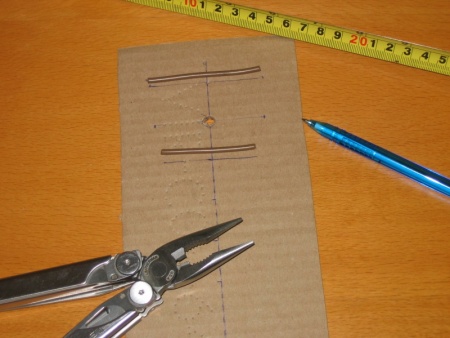For those readers who live outside the UK, the government department responsible for policing the radio spectrum is called Ofcom. Ofcom has recently published its 2005/2006 prosecution statistics. This shows that their resources almost exclusively spent their time shutting down unlicenced broadcast stations (that operate on the 88 to 108Mhz FM band I suppose) and unlicensed Private Business Radio operators.
Out of 52 prosecutions, they secured 52 convictions. A case of making sure you have very strong evidence I assume. However only 4 warning letters were sent out to the hobby market; these four letters covered all those 27Mhz stations running 500 watts, those ops on 6.6Mhz and all those radio amateurs broadcasting music on repeaters (eg GB3 Charlie Fox middle of January 2007) and generally causing a mess of QRM. Not a single prosecution.
Looks like you can get away with murder then?

